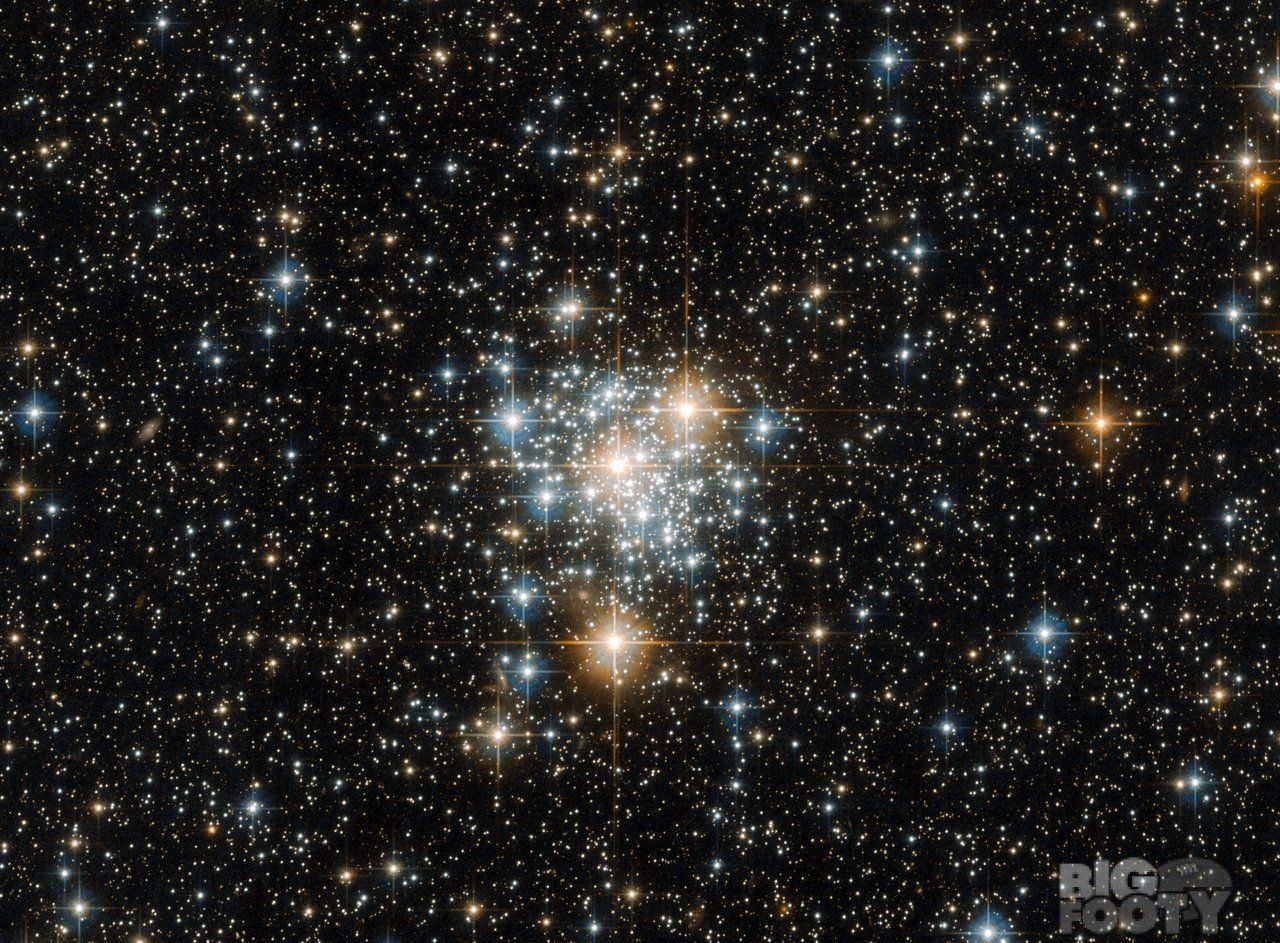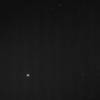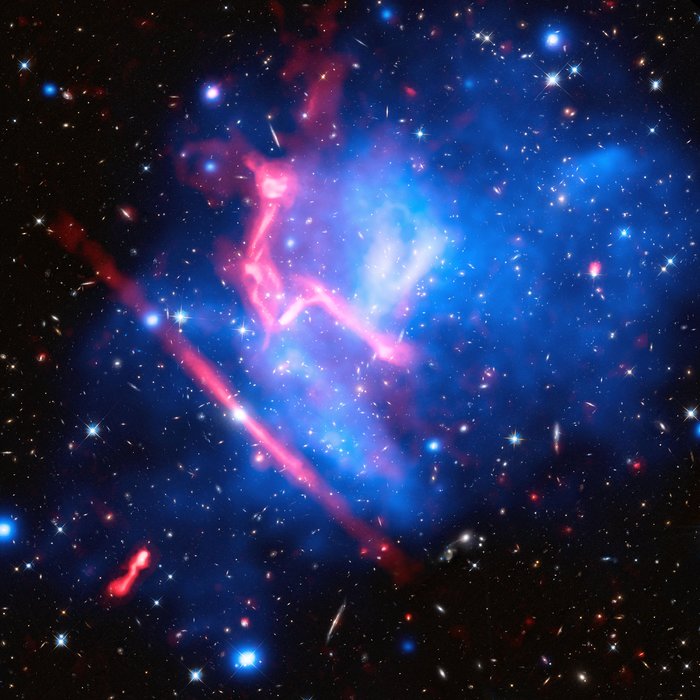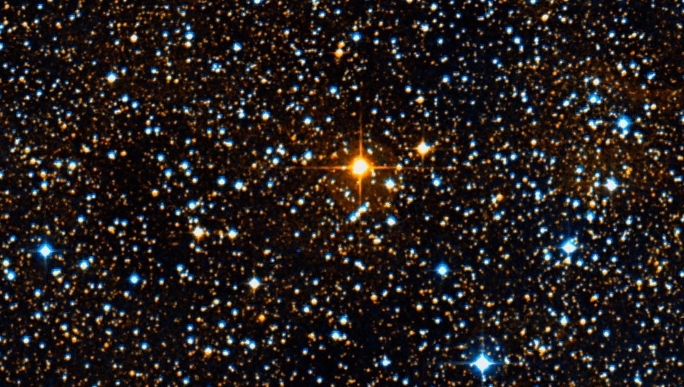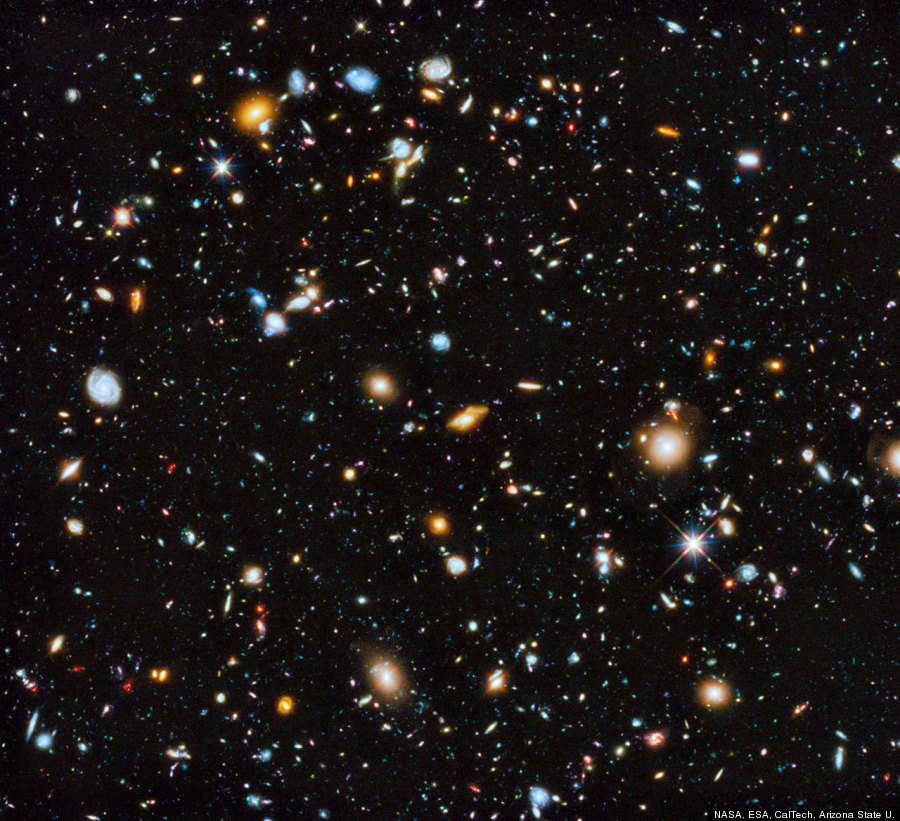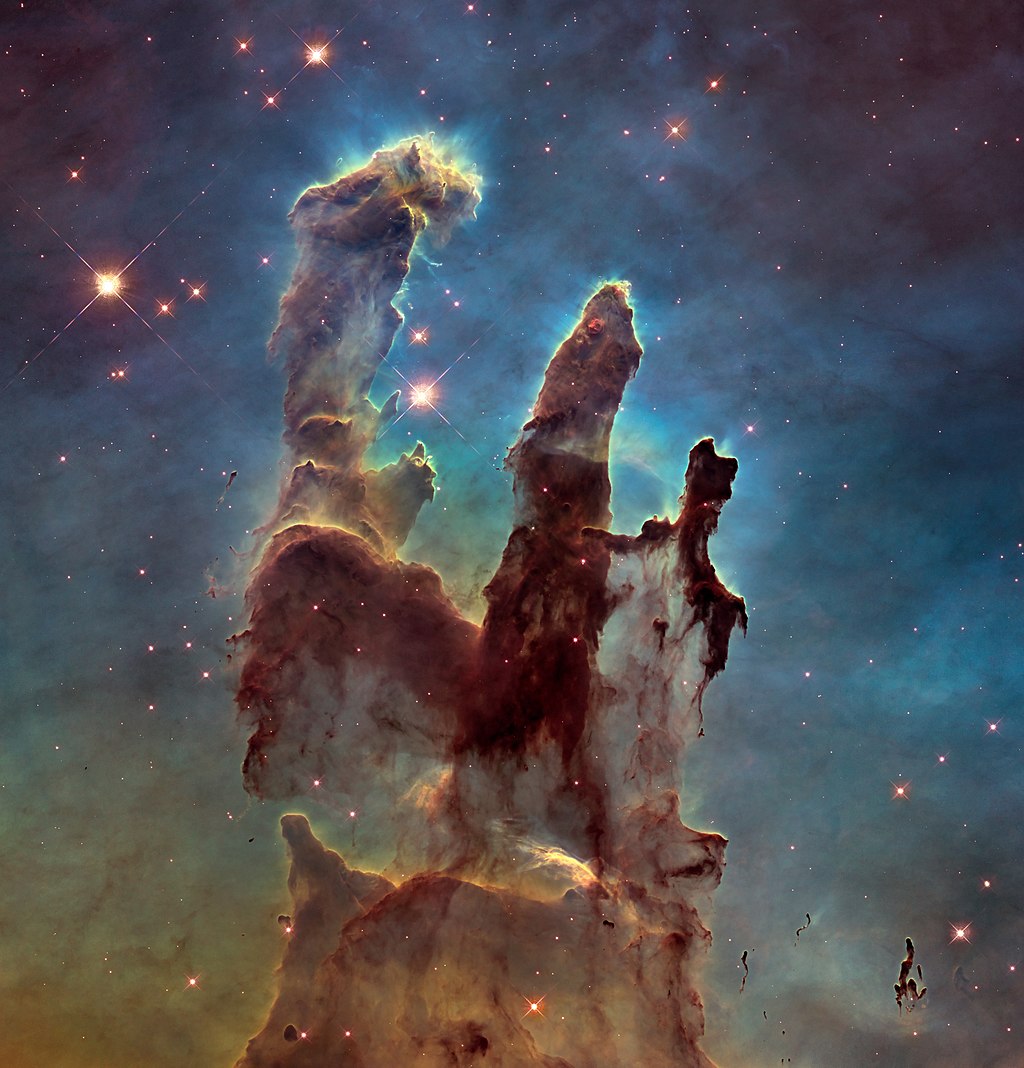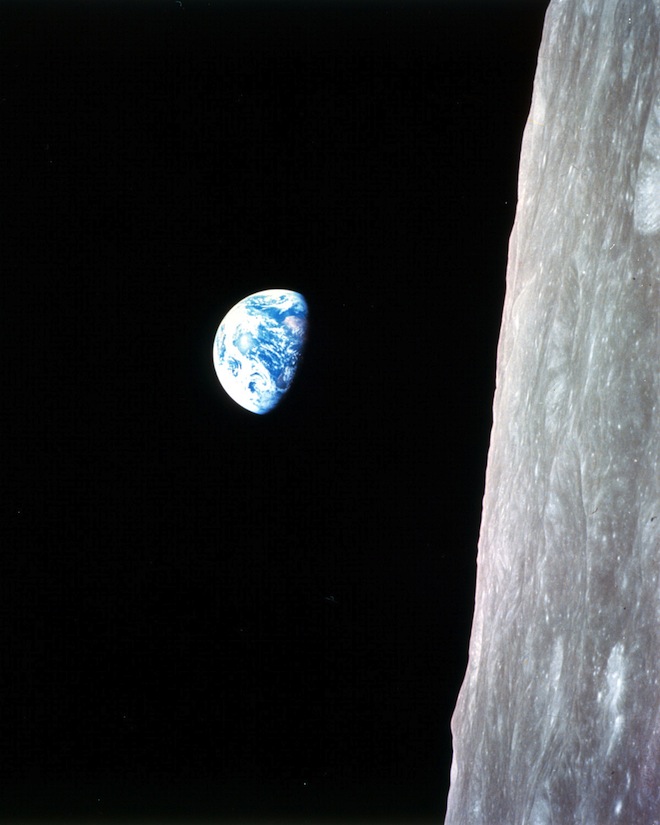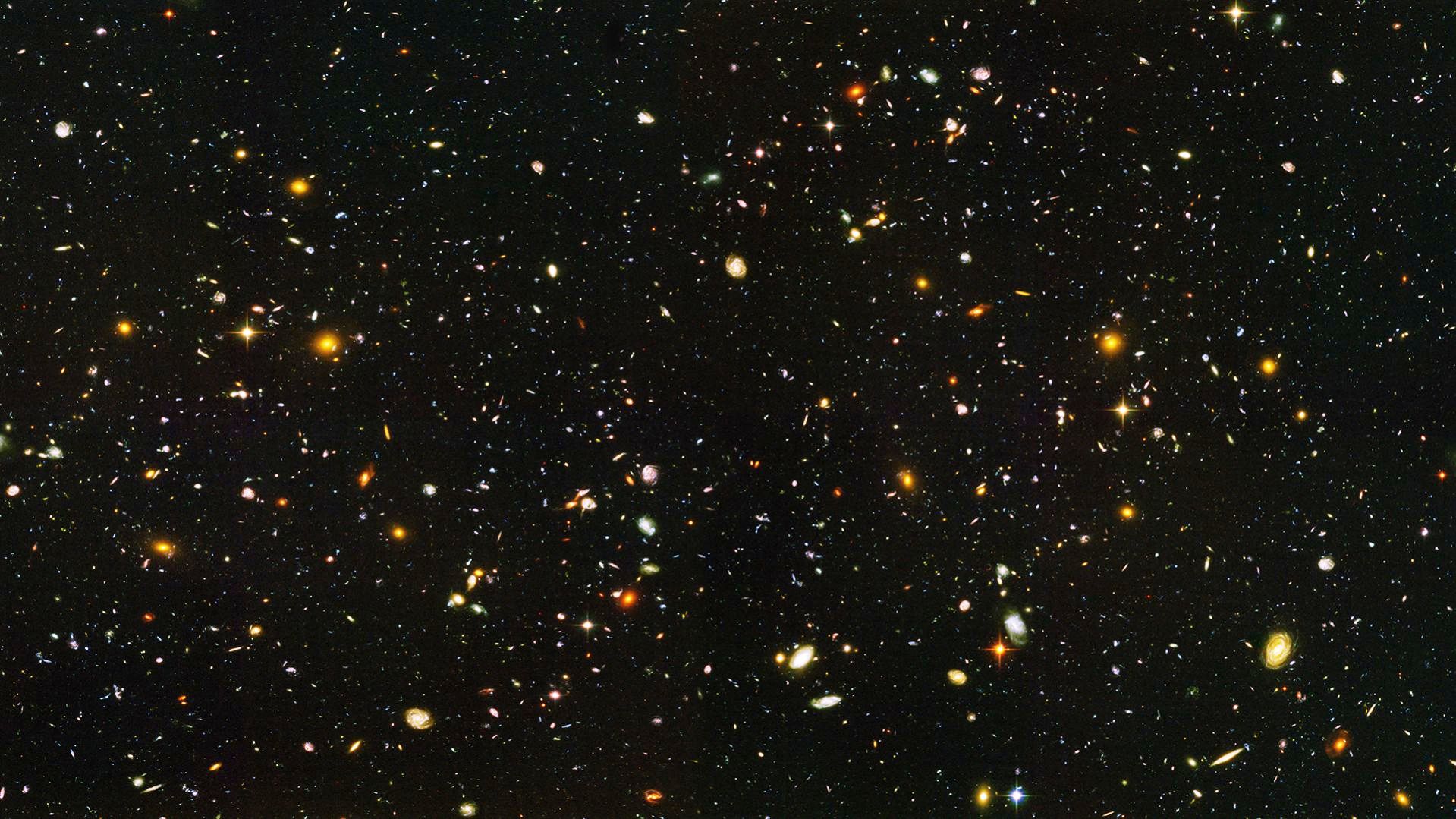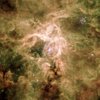Chief
~ Shmalpha ~
- Admin
- #1
Post your space pr0n 
Anyone can drop their images in this album for embedding in this or any other thread:
https://www.bigfooty.com/forum/media/albums/space.6/
Anyone can drop their images in this album for embedding in this or any other thread:
https://www.bigfooty.com/forum/media/albums/space.6/
The Hubble Surveys The Toucan
- Chief
- 1
The Hubble Space Telescope spied this star cluster, named NGC 299, in the southern constellation...
Last edited:




